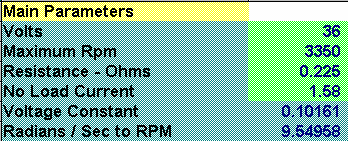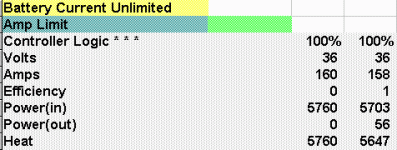safe
1 GW
- Joined
- Dec 22, 2006
- Messages
- 5,681
This thread will go through the process of how electric motors work and how to model their behavior in a spreadsheet. I'm going to go through EVERYTHING starting from the very beginning and all the way through to advanced topics. The idea is that you will be able to use the spreadsheets much like you might use other types of "tools" in a lab class.
This series of classes will take time to work through and I'm going to do my best to pace the courses at a rate that most people seem able to follow. Questions along the way will likely slow things down, but that's how people learn by asking questions about what they can't understand.
Please... let's all behave as "adults" and not spoil the class for those that might really want to learn. Please keep your questions to the actual topic being discussed and keep yourself from disruptive behavior. We just don't need it. Really!
 Be on your "best behavior"!!!
Be on your "best behavior"!!!
So we begin...
This posting has been edited and now it holds the "Motor University Lessons" in either Excel format or the old Works format where they were created. Both zip files have the images for the Lessons too.
This series of classes will take time to work through and I'm going to do my best to pace the courses at a rate that most people seem able to follow. Questions along the way will likely slow things down, but that's how people learn by asking questions about what they can't understand.
Please... let's all behave as "adults" and not spoil the class for those that might really want to learn. Please keep your questions to the actual topic being discussed and keep yourself from disruptive behavior. We just don't need it. Really!
So we begin...
This posting has been edited and now it holds the "Motor University Lessons" in either Excel format or the old Works format where they were created. Both zip files have the images for the Lessons too.



